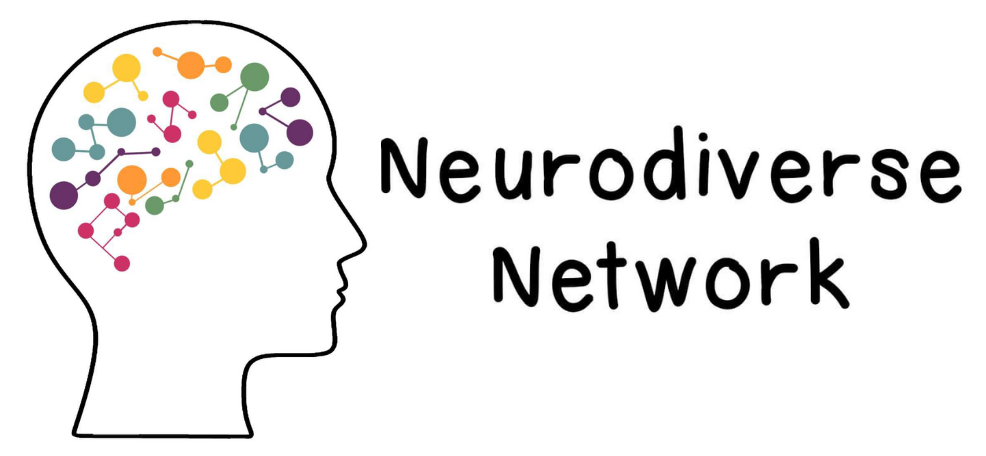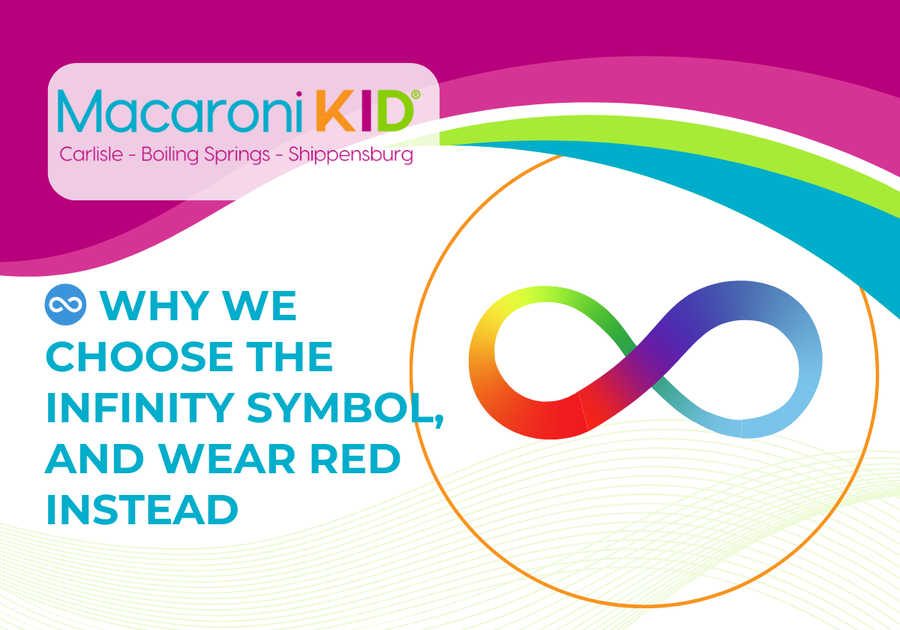♾️ Why We Choose the Infinity Symbol, Reject the Puzzle Piece, and Wear Red Instead of Blue
The Great Autism Symbol Debate: Infinite Possibilities, Not Missing Pieces
Ah, symbols. They can be incredibly powerful—or wildly misunderstood. Just ask anyone who has ever accidentally texted "LOL" at a funeral announcement.
For a long time, the puzzle piece has been the go-to icon for autism awareness. You’ve seen it on bumper stickers, t-shirts, and that one PTA mom’s aggressively bedazzled tote bag. And for some people, it has been a source of comfort, connection, and advocacy—which is totally understandable.
But for my family, we choose the infinity symbol instead.
Why? Because autism isn’t a missing piece—it’s a vast, vibrant spectrum of experiences. And my son isn’t something to figure out—he’s someone to celebrate, support, and accept.
Why the Puzzle Piece Feels Wrong to Us
When my son was diagnosed with autism, I was immediately dropped into a world of awareness ribbons, social media hashtags, and well-meaning but slightly condescending "warrior mom" narratives.
And everywhere I turned? Puzzle pieces.
At first, I didn’t question it. I mean, it was everywhere—so it had to be the right symbol, right? But then I started thinking about what it actually meant.
A few reasons why we don’t use it:
🧩 It implies something is missing. But nothing is missing. My son is not an incomplete human waiting for someone to "solve" him. He’s whole, exactly as he is—even if functional conversation is the biggest hurdle and he sometimes communicates through song lyrics like a tiny, adorable Bumblebee from Transformers.
🧩 It was originally meant to represent a “mystery.” Autism was once seen as this baffling, confusing condition, mostly by non-autistic people. But my kid? He’s not a mystery. He’s a pink-loving, pasta-obsessed, infinitely funny person who doesn’t do small talk but will 100% recite a youtube video with confidence.
🧩 It was championed by organizations that focused on “curing” autism instead of accepting it. Many autistic adults (you know, the actual experts on autism) have spoken out about how this symbol makes them feel—like a problem to be fixed rather than a person to be understood.
So yeah, I just can’t get behind it.
Why the Infinity Symbol Makes More Sense
The infinity symbol represents endless potential, neurodiversity, and the fact that autism isn’t a problem—it’s just a different way of experiencing the world.
For my son, that world is bright, full of Mario Brother, music, and tri-color pasta like 4 times a week.
For me, as an adult with ADHD, that world is half-finished projects, hyperfixations, and wondering where I left my coffee for the 14th time today.
Autism isn’t a puzzle to solve. It’s an infinite spectrum of experiences. Some autistic people don’t need much support at all, while others, like my son, need accommodations to thrive.
Because here’s the thing: Autism may not be a superpower. But it’s also not a tragedy.
My son has strengths that make him brilliant, unique, and wildly fun to be around—but he also faces real challenges that most people don’t.
His brain doesn’t work like most of the world’s systems, and that means he needs help. He needs people to understand him. He needs accommodations that make life accessible.
That doesn’t mean he’s broken. It just means that the world isn’t built for him yet.
A Real-Life Example: Accommodations That Work
Two years ago at My Gym, Rhys took a ninja class (which, let’s be honest, is the most fun sentence ever). But like a lot of autistic kids, he struggles with unpredictability—going first in a game can feel overwhelming, but waiting too long means his mind drifts into more interesting places (and trust me, his world is way cooler than ours).
The staff at My Gym figured out a simple but game-changing accommodation:
💡 Let Rhys go second or third. That way, he sees a model of what to do without getting stuck waiting so long that he disappears into his own head.
And guess what? It worked so well that it’s now part of his official IEP at school.
That’s the kind of real-world, small-but-powerful change that can help autistic kids thrive without forcing them to conform.
Why We Wear Red Instead of Blue
Blue has long been the color of autism awareness. But for many of us in the #RedInstead movement, red represents something different:
🔴 It challenges outdated ideas. The blue campaign was originally based on the idea that autism primarily affected boys. But plenty of autistic girls, nonbinary, and gender-diverse individuals exist—and they deserve to be recognized.
🔴 Red is bold, vibrant, and unapologetic—just like the autistic community. It says, we’re here, we’re proud, and we want acceptance—not just awareness.
🔴 Awareness is the floor. Acceptance is the goal. People know autism exists. What we need is accessibility, support, and real change.
What If You Still Like the Puzzle Piece and Blue?
Here’s the thing—I’m not here to tell you what to believe.
I’m not going to say, It’s okay if you choose the puzzle piece! because that’s not my job.
But what is my job?
💡 To tell you why I choose what I choose.
💡 To welcome you into the conversation.
💡 To let you know that no matter what color you wear, I accept you—and I accept your child.
Because at the end of the day, autism representation should be led by autistic voices. And overwhelmingly, autistic people are asking us to listen, shift perspectives, and do better.
Final Thoughts: Different is Beautiful
My son is not a puzzle piece. He is an entire masterpiece.
He’s funny, complex, sometimes confusing, and always, always his own person.
Does he need help? Yes.
Does he need acceptance? Absolutely.
Does he deserve to be seen as whole exactly as he is? Without question.
Because the world would be a boring place if we were all the same.
And I, for one, am glad it’s full of infinity, diversity, and kids like mine.
 |
On May 3rd, 2025, Rhys will be walking in Neurodiverse Network's May Mile to support neurodivergent families, we’d love for you to consider a $5 donation here. https://givebutter.com/MayMile25/rhys GO TEAM RHYS!!!!



